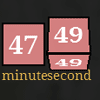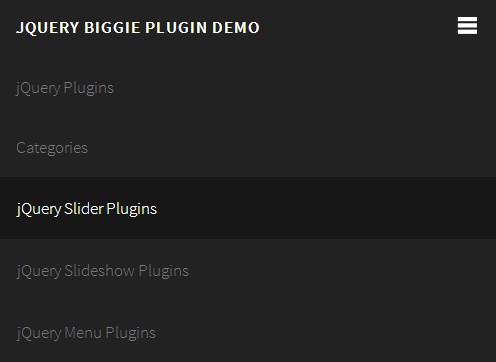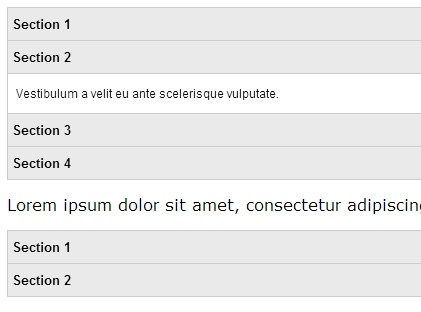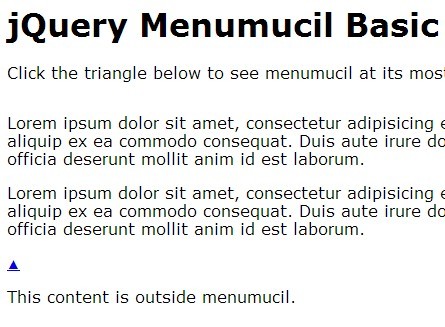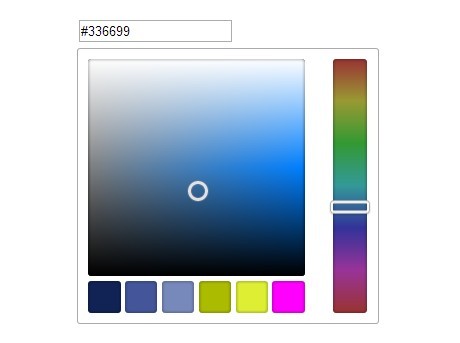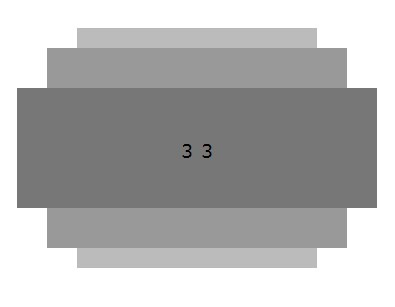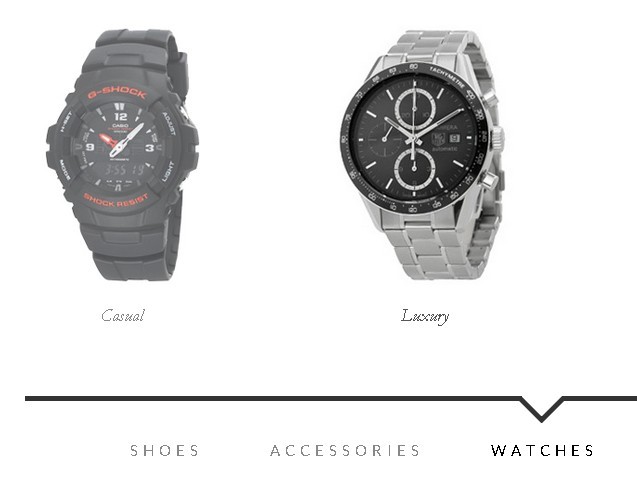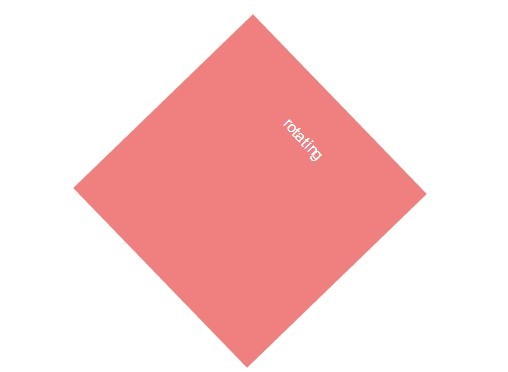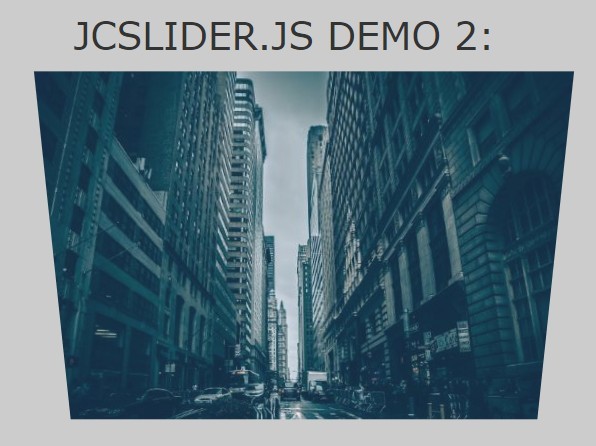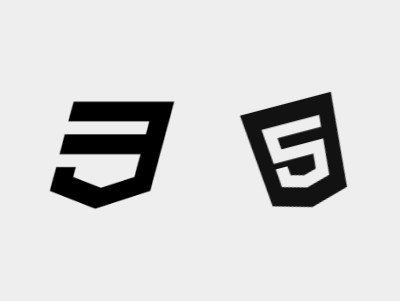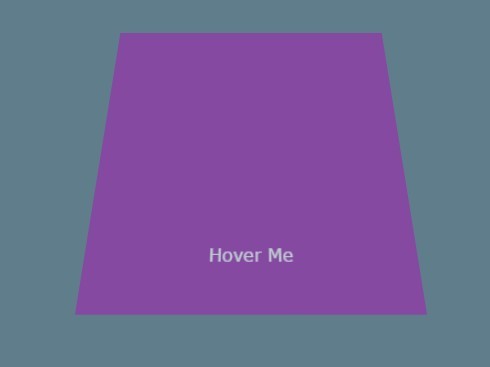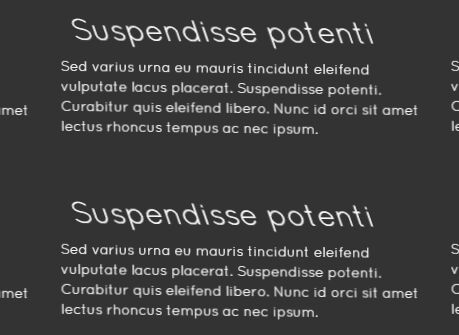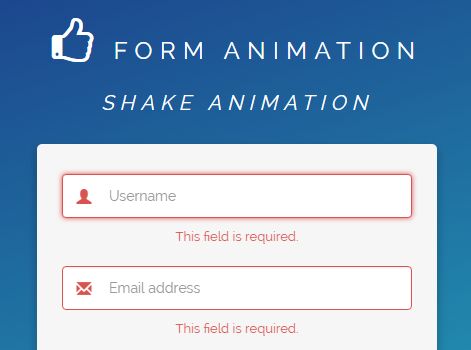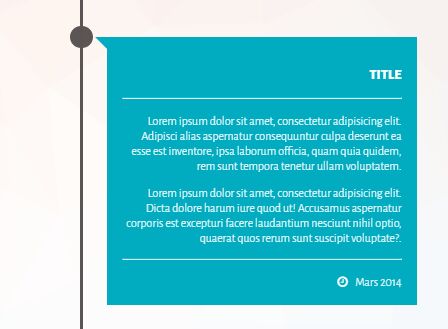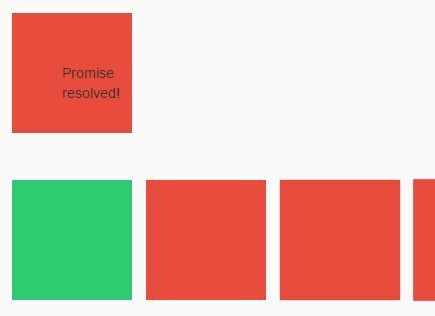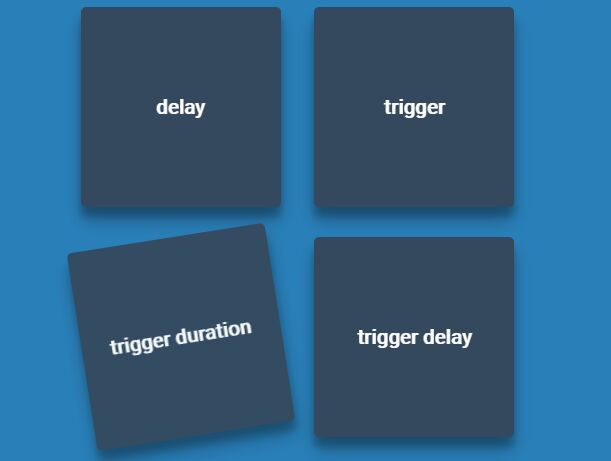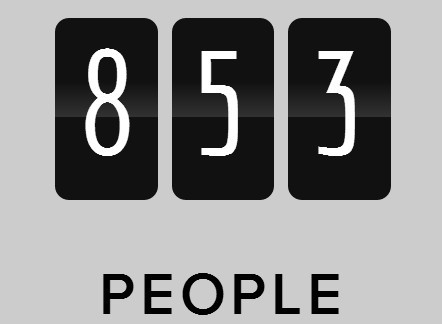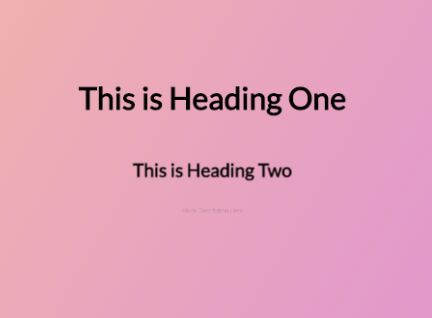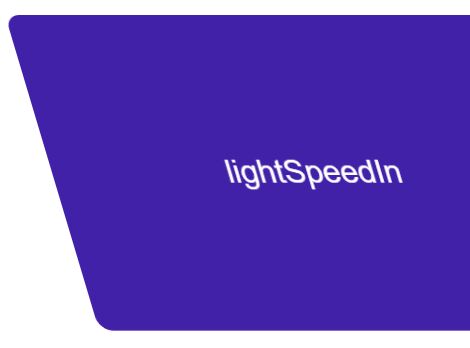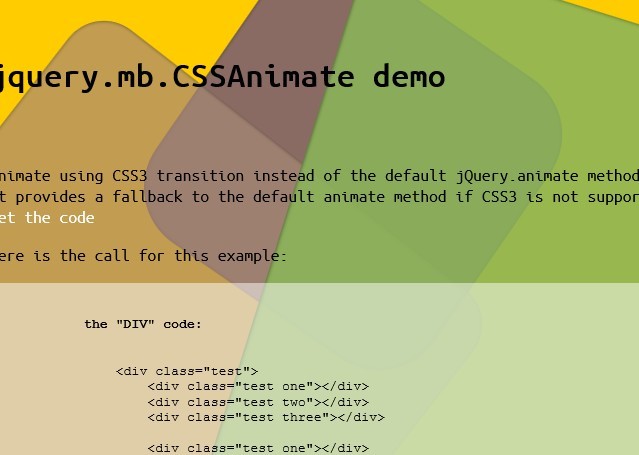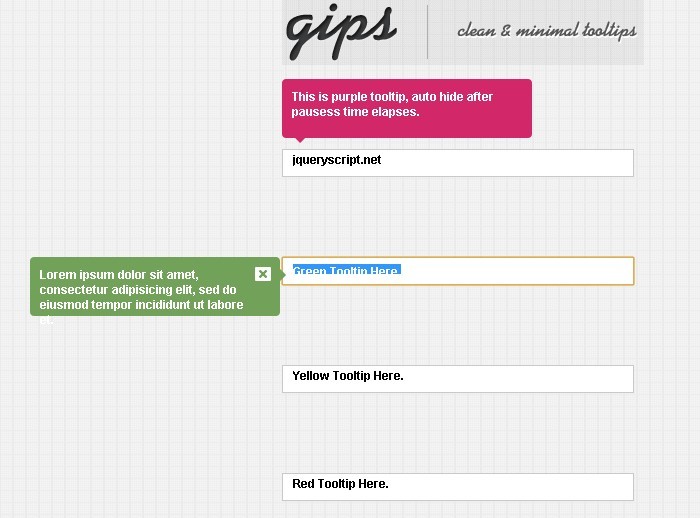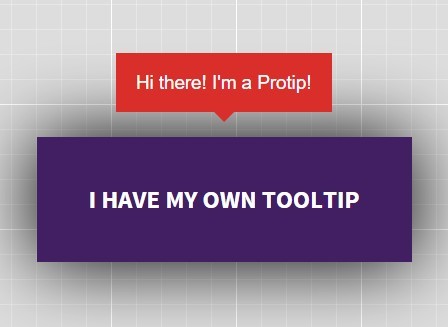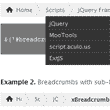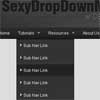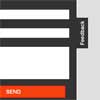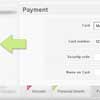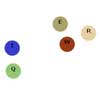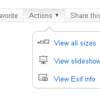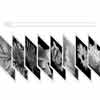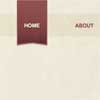countdownCube
CountdownCube is a jQuery plugin that is in the form of a bunch of rotating 3D cubes. It uses CSS transitions to create the 3D rotating cube effects.
You can see several examples in this demo.
Basics
Make sure you have jQuery loaded - link the following files:
<link rel="stylesheet" href="countdownCube.css"/> <script type="text/javascript" src="countdowncube.js"></script>Add a new empty div to your page:
<div id="counter"></div>And then kick off a new counter, with a target time (using the ISO 8601 format), and if you like cubeSize (in pixels), background color, and font color:
$('#counter').countdownCube( { target: '2018-03-01T10:00:00Z', cubeSize: 50, background: 'rgba( 255, 150, 150, 0.8 )', color: 'white', } );You can have more than one countdownCube per page.
Timezone support
Timezone can be specified in the string in serveral formats:
- adding a letter
Zat the end on the timestring'2018-03-01T01:00:00Z', this is UTC. - adding an offset with respect to UTC in the format
±hh:mm:'2018-03-01T01:00:00-05:00'(this is the timezone of New York (US))
Support for timezones expressed as 'Continent/City' can be added with the moment.js and moment-timezone.js libraries.
For example, you can add them using the following CDNs:
<script src="https://cdnjs.cloudflare.com/ajax/libs/moment.js/2.20.1/moment.min.js" type="text/javascript"></script> <script src="https://cdnjs.cloudflare.com/ajax/libs/moment-timezone/0.5.14/moment-timezone-with-data-2012-2022.min.js" type="text/javascript"></script>You can specify the timezone with the option targetTimezone:
$('#counter').countdownCube( { target: '2018-03-01T10:00:00', targetTimezone: 'America/New_York', cubeSize: 50, background: 'rgba( 255, 150, 150, 0.8 )', color: 'white', } );see the documentation of moment-timezone.js.
Legacy Date objects
The legacy syntax (using the built-in Date object) is still supported but may be incosistent across browsers. Note that if you use the legacy format and don't specify any timezone the browser will infer from the browser's local time:
$('#counter').countdownCube( { /* target time in the local timezone of the browser */ target: new Date('2018-03-01T10:00:00'), cubeSize: 50, background: 'rgba( 255, 150, 150, 0.8 )', color: 'white', } );You can force UTC in the adding a Z at the end of the time string, as specified in the ISO 8601:
$('#counter').countdownCube( { /* target time in UTC */ target: new Date( '2018-03-01T10:00:00Z' ), cubeSize: 50, background: 'rgba( 255, 150, 150, 0.8 )', color: 'white', } ); Options
-
cubeSize: the size in pixels of each cube -
background: color of the counter cubes¸ anything that can be used in a CSS will work -
color: the font color for the numbers in the cube, anything that can be used in a CSS will work -
showDaysOnly: if set to true shows the differences only up to days (default:false) -
labelsTranslations: you can specify a dictionary that can be used to translate the labels (year, month, day. hour, minute, second)
$('#counter-days-only').countdownCube( { target: '2018-12-03T11:00:00Z', cubeSize: 150, background: '#ffffff', color: 'blue', labelsTranslations: {'year': 'anni', 'month': 'mesi', 'day': 'giorni', 'hour': 'ore', 'minute': 'minuti', 'second': 'secondi' }, showDaysOnly: true, } );onEnd: expects a function that is triggered when the counter reaches the end. The default does nothing. A typical use is hiding the counter and showing a different - previously invisible - element of the page. This gives the effect of something appearing when the countdown ends. Here's an example:
$('#counter').countdownCube( { target: '2018-12-03T11:00:00Z', onEnd: function(e) { $('#counter').hide(); $('#after').show(); }, } );triggerEnd: the default isfalse, if set totruetriggers theonEndfunction even after the countdown has expired. Otherwise the counter stops at zero.
Browser support
countdownCube has been only tested on the latest Chrome, Firefox and Safari.
License
countdownCube is released under the MIT license
Copyright (c) 2013 Ali Cigari @oofaish Feel free to use it as it wish, but I would appreciate a plug to my website: http://www.cigari.co.uk
